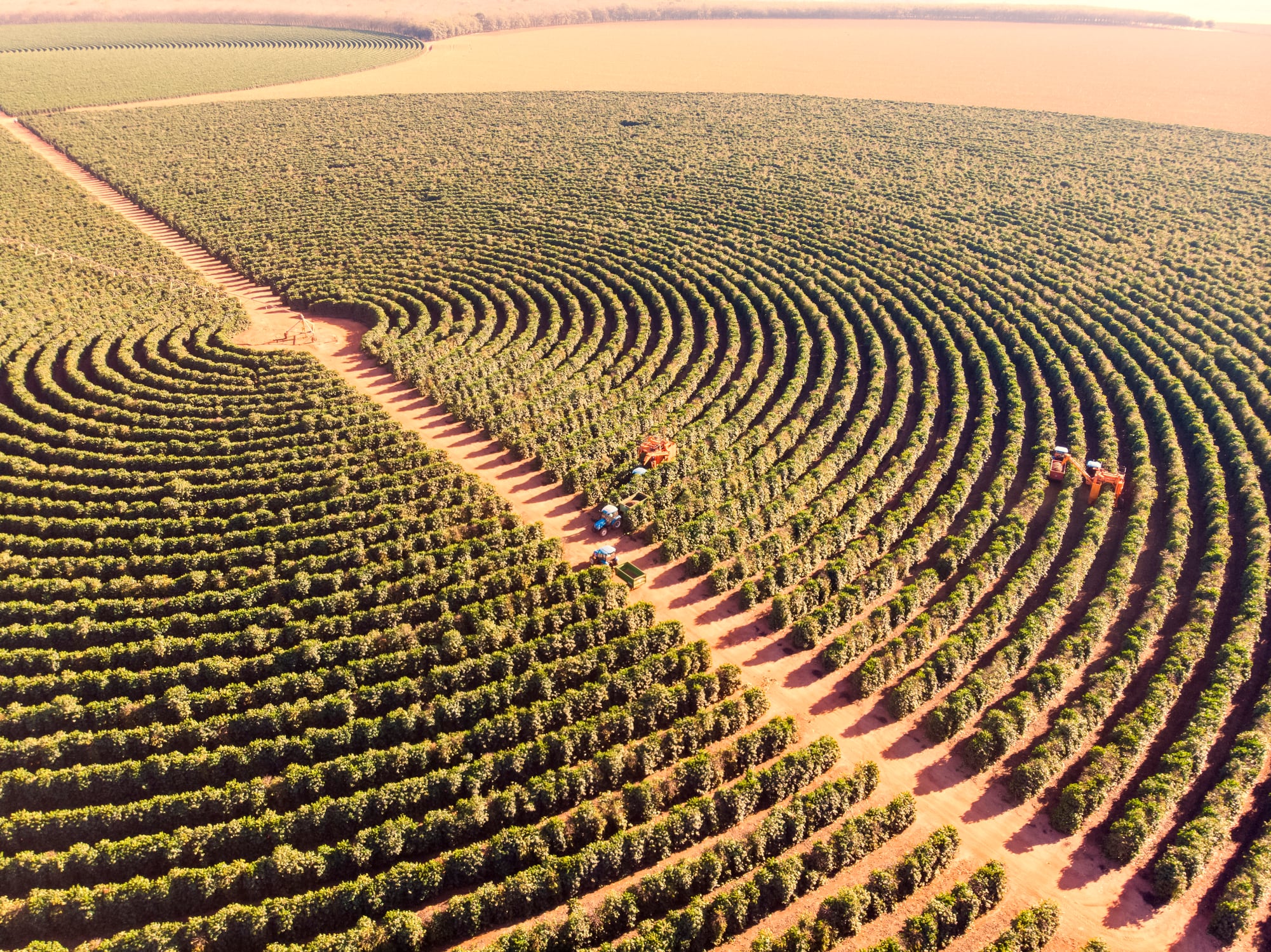A commodity crisis is brewing. Weather patterns are putting pressure on crop yields all over the world, and many commodities – cocoa, coffee, and corn being three of the worst affected – have felt the bite.
The crisis could get much, much worse. By the year 2100, half of the best land for key cash crops, including wheat, coffee, beans, cassava and plantain, may be unsuitable. While maize and rice might have more hope in the short term, even their suitable land could eventually begin to decline.
This is according to a map run by the UN’s Food and Agriculture Organisation (FAO) and based on the Google Earth Engine.
A study using the map suggests that suitabile could not be found elsewhere. TO make matters worse, the reduction of suitable land could trigger an increase in deforestation.
How will cash crops be affected by climate change?
The risk level to these crops is “highly significant,” according to FAO senior natural resources officer Martial Bernoux. “We have an alarming situation for all crops”.
Tropical lands will be the most affected, explains Bernoux. This is because they are already hot, and will continue to get hotter. Suitable land for all crops in these areas will decrease.
Different crops will be affected in different regions. For example, prime areas for coffee cultivation will be reduced in southeast Asia and Brazil, both of which are key growing regions.
The area for beans and maize will be reduced in sub-Saharan Africa and South America. Rice-growing land from India will be affected, as will cassava and plantain-growing land from sub-Saharan Africa.
While warming climates elsewhere in the world may assuage some of this loss, “the gain we have will never compensate for the loss we have,” stresses Bernoux.
Some crops, such as coffee, sugarcane, and cassava, are only able to grow in particular climates. Others, such as maize, wheat and beans, can currently grow in many regions of the world.
Why aren’t all crops declining?
The study also suggests that the amount of available suitable land for maize and rice will actually reach its peak later in the 21st century, although it will still, eventually, decline. In other words, there is some future for these crops. Different crops are affected differently by climatic conditions, Bernoux explains.
For sorghum and sugarcane, neither a peak or decline is predicted. This could be due to their higher tolerance for rising temperatures. Sorghum’s optimal temperature range is 27 °C to 35 °C and sugarcane’s is 24 °C to 37 °C. For all other crops, it is from below 20 °C to 33 °C.
“Specific crops can be less affected by higher temperature,” he says.
What can be done to ensure there is suitable land for cash crops?
There are several ways in which the effects of this loss of suitable land can be mitigated.
Relocation or expansion are two potential options, but these may be constrained by available arable land or even national borders. Expansion into urban land is not possible, and expansion into forested land would lead to biodiversity loss.
For coffee to survive, it may need to move from its key growing areas in Amazonia, southeast Asia, and the Congo basin. However, it could be constrained from expansion by the availability of arable land that is not forested.
Even in the case of crops such as bean, wheat and maize, where suitable land to expand into does exist at higher latitudes, this will not make up for the lost suitable land elsewhere.
Instead of migrating or expanding, the study suggests thgat adaptation, including drainage, irrigation and shading, is the way forward for saving such crops.
Irrigation, for example, could increase the area of optimal suitability for all nine cash crops from 5%–25% to 40%–50%.
Furthermore, drainage could increase the optimal suitability area for maize and sorghum fivefold. Shading could help increase suitability for coffee by up to 20%.
Beyond this, policymakers and other stakeholders need to address the cause behind this land loss: climate change.
“We have a problem. That is climate change. So first we need to attack the problem,” says Bernoux.


